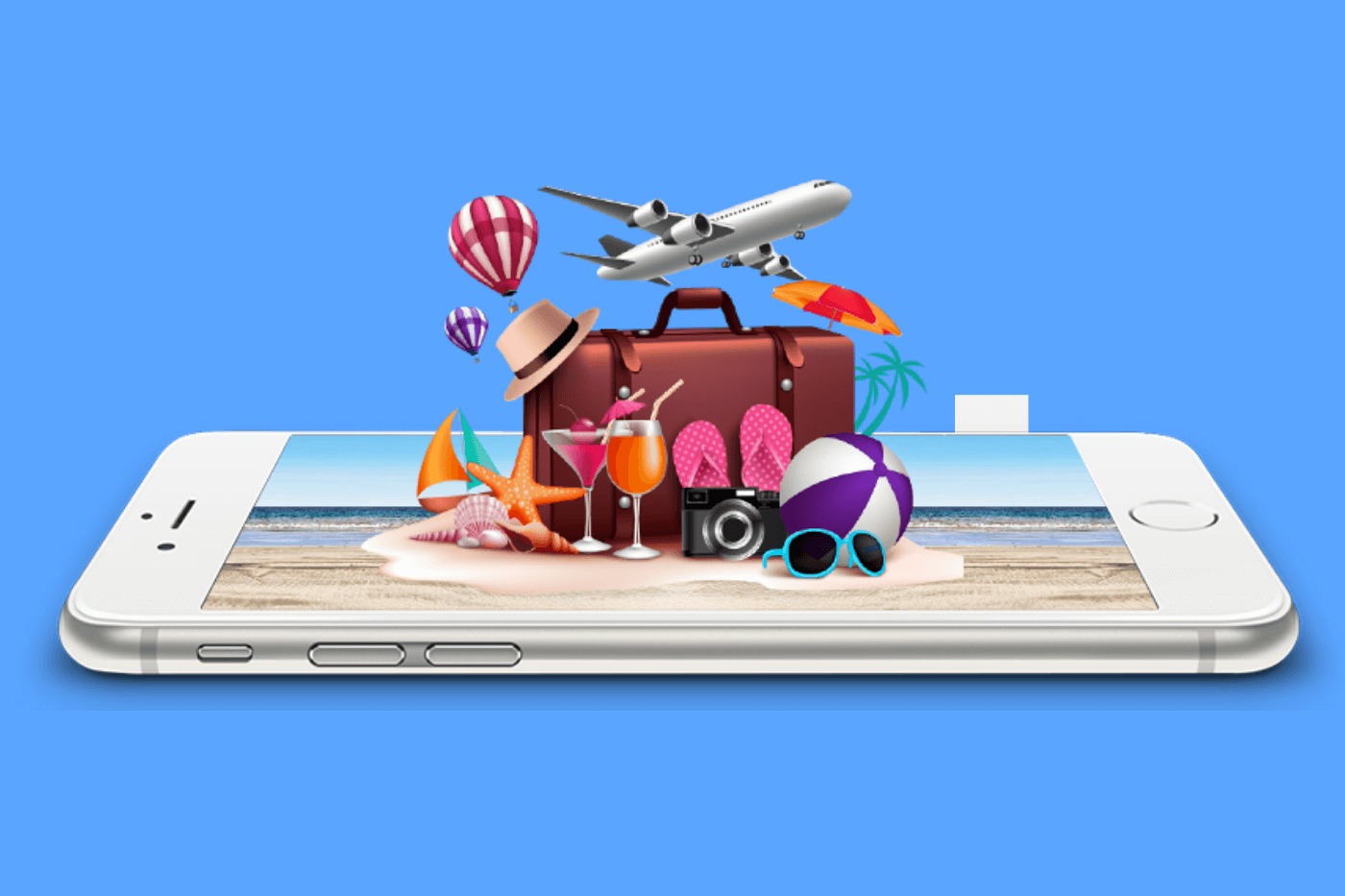
The Role of AR in Tourism: Enhancing the Travel Experience
Tourism offers the opportunity to travel to many destinations and places of interest. It helps cities and states create more jobs economically as well. But what role does augmented reality play in tourism? Augmented reality offers interactive and immersive elements to enhance the travel experience for businesses and travelers. Using AR technology can help turn mundane travel experiences into unforgettable and immersive encounters.
Benefits of AR in Tourism
Augmented reality in tourism is beneficial because it helps customize the tour experience. You can get instant information while exploring your surroundings using your smartphone. For example, dining during the pandemic created a touchless system for restaurants using QR codes. Instead of using paper menus, you could view them on your mobile phone. AR can connect objects inside and outside a restaurant, display dishes on the menu so you can choose ingredients and know their nutritional value, and helps you pay for your meal by tapping your card over the table. It can be an interactive way for businesses to attract travelers.
Data and analytics can complement the AR experience by gathering traveler preferences and information. Analyzing what travelers want to see and experience can help establishments optimize performance, increase revenue and use products efficiently. These analytics enable greater personalization which can be changed and adjusted digitally.
According to the Bureau of Transportation Statistics, 3.6 million people with restricted mobility stay home because they have a disability or are housebound. AR can support those with disabilities by equipping them with information that helps recommend tourism attractions and sites that offer proper accommodation. Augmented reality can also help people with disabilities by giving them a digital view of what they generally see in tourist areas at home. So even those bound to their homes can benefit from this experience.
Examples of AR in Tourism
Examples of augmented reality in tourism include language translation applications, AR-enabled museum exhibits, AR tour guides, and augmented reality filters for taking photos during trips to various destinations. An AR reviewer shared that when they visited a supermarket in Japan, they struggled to understand its products due to it being in Japanese. The reviewer depended on an AR live language translation app to understand the merchandise.
Because they create a sense of interaction and personalize content, augmented reality tour guides can benefit the tourism industry. Businesses can delimit the need to employ in-person tour guides by using AR tours. The city of New York has a long history that spans a variety of cultures. These variations include Broadway shows, bus tours, observatories, and museums. Tour guides today can be very static. Digital content can be thematically tailored to a traveler’s interests, whether it’s a cultural, historical, or national experience. With that said, businesses can use augmented reality to influence tourists’ experiences of their brands, thereby increasing visibility and revenue.
Challenges of AR in Tourism
Connectivity is a potential limitation and challenge of AR in tourism. Like most applications, AR technology relies heavily on mobile data or the internet. Businesses can offer wireless connectivity to those who need it. City infrastructures and wireless carriers are continuously working on expanding coverage across the country to combat connectivity limitations. According to Tech Target, 6G networks, the next generation of faster internet connectivity, will be implemented by 2030.
Balancing AR with preserving the authenticity of historical and cultural sites will always be of concern. Sites fear tech and mobile devices taking away from their content. AR technology should complement the authenticity of these sites rather than detract from them. One of the world’s most valuable artifacts is the Dead Sea Scrolls. The scroll fragments are at the Rockefeller Museum and Israel Museum. The scrolls are housed behind glass in both museums and are written in Hebrew, so it can be difficult for visitors to understand the artifacts. AR developers can work with historical and cultural experts to translate these scrolls and use a mobile application to convey the text in multiple languages for visitors. These collaborative practices can help mitigate the issues of preserving authenticity.
Future of AR in Tourism
The projected growth and development of Augmented reality in tourism are impressive. According to MarketWatch, AR should reach multi-millions in sales by 2029. Therefore, the revolution of AR in tourism will continue as augmented reality provides interactive and immersive elements to enhance the travel experience for businesses and travelers. Early developers will have an advantage over time, so getting ahead will benefit you. While there are potential challenges and limitations to using AR in tourism, the benefits are endless.
Credits
https://www.bts.gov/travel-patterns-with-disabilities
https://arpost.co/2022/02/09/7-benefits-ar-vr-for-people-with-disability/
https://arcritic.com/3030/ar-live-language-translation-using-google-translate-app/
https://www.statista.com/outlook/amo/ar-vr/worldwide
https://www.thenivbible.com/blog/15-surprising-facts-about-the-dead-sea-scrolls/
https://living.alot.com/entertainment/15-most-valuable-artifacts-you-can-find-in-museums–12806
Post a Comment
You must be logged in to post a comment.
